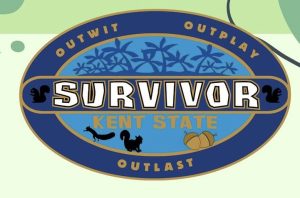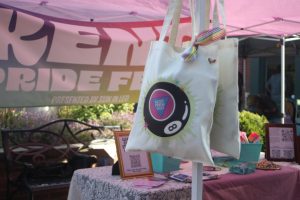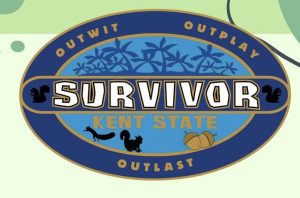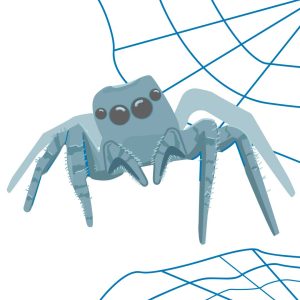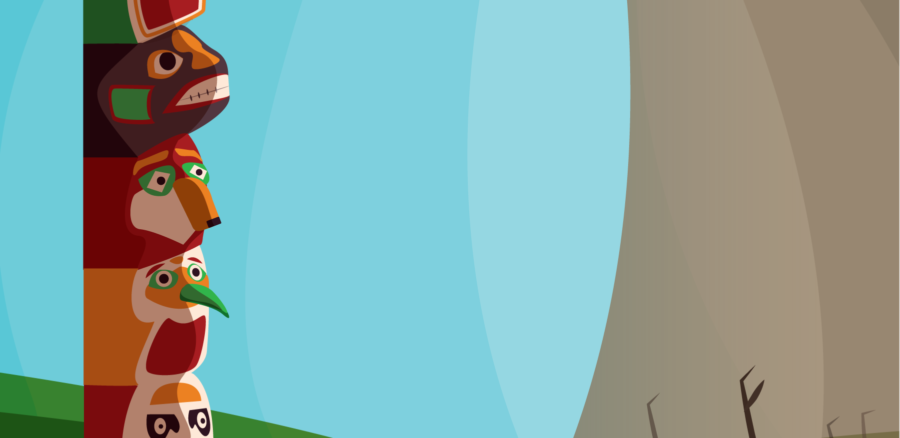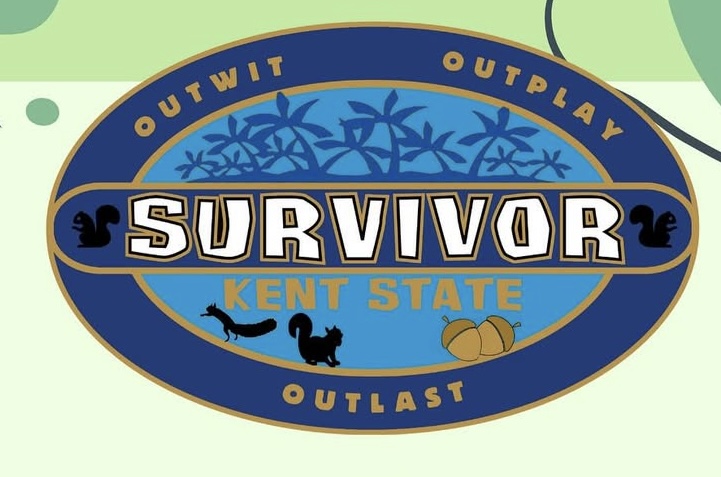Illustration by Miranda Sepúlveda
The totemic religion is a blend of diverse concepts and ways of conduct established on a viewpoint that originates from the environment and is associated with a fundamental doctrine based on totems. Totems are a form of representation of the bonds humans have with the environment, including with animals, plants and natural inanimate objects. According to DW, totems serve as the symbol of a family, group or tribe that has ancestral connections. Monuments that portray totem animals can be seen throughout different cultures around the globe. Totemism is not only common across North America, but it is also seen in Africa and Oceania. Several groups around the world are linked with animals which are represented in various ways. Those that have a totem bestowed to them, being it personal or a group totem, connect emotionally and with profound respect with their totem.
The symbolic meanings of the totems are usually accompanied by the taboo of killing, hurting or disturbing your totem in any way as they are believed to have special spiritual and cultural associations. To harm or disrupt your totem is heavily looked down upon. Groups believe they are born from such totems, which has led some conservationists to question whether totemism might be an effective tool for conservation. Since these taboos exist, totems are protected by individuals or groups, which increases species and environmental conservation. Conservationists intend to use these taboos and beliefs to additionally help create higher protection rates for endangered species and habitats. If groups could reinvent the taboo of killing or harming these animals, it can be a useful form of conservation, such as the Urhobos tribal communities in the Niger Delta caring for the pythons. Species may be protected by community through traditional beliefs and taboos. Traditional belief systems may also play an important role in the conservation of natural resources.
Stephen Hopper is a professor at the University of Western Australia and a botanist who specializes in conservation biology. He believes totemism is a great environmental practice. For the last 10 years, Hopper has worked with elders of the Noongar aboriginal tribe in South Western Australia. He was bestowed totems by elders of the Noongar tribe while on a trip to the Outback, where he asked if “white blokes” could have them as well. Hopper’s totems include the black snake, pink eucalyptus tree, kangaroo puller plant, honeyeater birds, red-tailed black cockatoo and the honey possum. He has his fair share of totems, because as a botanist and conservationist, he is trying to protect as much of the flora and fauna as he can.
“It became clearly apparent that western technological societies are struggling despite efforts,” says Hopper. He believes first nations have some cultural approaches that would be beneficial in terms of conservation.
As stated by Hopper, Noongar people are deeply connected to the planet as most first nations are. Each of them are bestowed with an animal and plant totem at birth, and some additional totems can be acquired throughout life.
When a person is bestowed with a totem, it is important to keep in mind that they become that organism, that organism becomes them, according to Hopper. “If your totem is in trouble, you are in trouble.” he says. “It’s on you to care for your totem, learn about it, and this is a lifelong commitment you make.”
Sharing his own take on totemism, Hopper sees it to be a very simple cultural construct that shows a lot of promise for western societies to do a much better job at caring for land, plants and animals. Hopper firmly believes there are far too many species threatened on the planet for a single government, university or any organization to look out for them. However, he is confident that if every individual or organization, from small to large, decided to adopt just one animal and one plant from their local areas as a totem, the number of people caring for these threatened creatures would astronomically increase and give a much brighter prospect for their survival.
To create development in a sustainable manner means to accommodate present needs without affecting the resources and overall potential to meet needs in the future. According to a study in the Journal of Natural Sciences Research, biodiversity depletion is an ongoing problem around the world. Human activity is affecting the supplies of natural resources available on the planet. Environmental indigenous practices could promote environmental preservation. Advocating alternative indigenous methods of species conservation in the environment may be helpful. Indigenous peoples face environmental challenges with their ancient knowledge they have of the land. To have indigenous peoples helping in conservation using their beliefs to benefit nature has shown positive results. The relationships between indigenous peoples and the environment is ingrained in the beliefs they hold. This connection started to be appreciated as the environmental concerns continue to rise. Scientists, such as Hopper, are trying to use the knowledge of indigenous peoples to help in conservation efforts. Indigenous cultural traditions contain key thoughts and processes that would help communities better care for diversity. A clear demand is upon humanity to do whatever it can to start developing sustainably, and a way to do so might be through appreciation of the indigenous cultural values that entail conservation.
According to an article from ABC Great Northern, indigenous knowledge from around the world could be implemented into environmental management practices. According to National Geographic, whilst not even being 5% of the world’s population, indigenous peoples are protecting 80% of the global natural diversity. According to the UN’s environment programme, at least a quarter of the world’s land area is owned, managed, used or occupied by indigenous peoples, and nature in these areas is degrading less quickly. The decline of biodiversity is not as prominent on indigenous lands, and these communities seem to be managing natural resources depletion, species extinctions decline and habitat pollution in a more advanced manner. Indigenous managed land plays a critical role in helping species survive. Indigenous leaders have been trying to bring awareness to the depletion of the environment. If nothing is done to conserve biodiversity and nature, serious threats will lay upon humanity. Indigenous peoples’ views on how to conserve are constantly ignored and disregarded. Not much attention has been paid to the relationship of the native inhabitants with their land. To take further steps, conservationists could work with indigenous peoples, so climate change can be slowed down or halted. However, indigenous peoples deserve to be granted possession of their own land, so they can care for it. In this sense, indigenous rights are essentially active conservation measures; the solution to protecting biodiversity could lie in indigenous communities. Collaborating with indigenous governments, communities and organizations can help conserve biodiversity as well as support indigenous right to land, sustainable resources and well-being.
The world’s current environmental situation causes reflection on new, or not so new, ways of interacting with the landscape. There is no sole step to be taken by indigenous peoples. They succeed due to many practices and endeavors. Indigenous peoples’ traditional knowledge and practices can be a complementary approach to western scientific drive approaches. Choosing a totem can be the first step in this direction. Beware that it is to be done with the help of an indigenous person from a community closest to you: adopting this practice in a respectful way, not just appropriating indigenous’ ideas.

